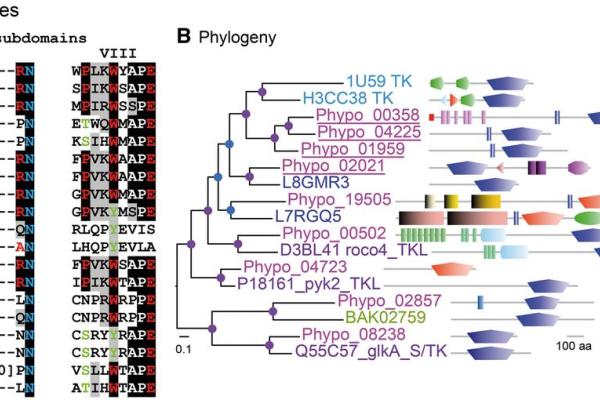
The Buchler Lab has seen three recently published articles:
GENOME OF GIANT AMOEBA REVEALS EVOLUTIONARY SECRETS
The lab's most recent publication studied the genome of the giant amoeba, Physarum polycephalum, a model organism used in cell cycle regulation research. Physarum is an ancestor of fungi and animals but they found that the amoeba has more similarities than first realized, notably the presence of tyrosine-kinase signaling. This argues against the later emergence of tyrosine kinase in the evolution of animals. Through analyzing the genome and cell cycle regulators in Physarum, Nick Buchler helped demonstrate that Physarum may be a better model than yeast or fungi for studying animal cells.
CIRCULAR LOGIC OF THE YEAST METABOLIC CYCLE AND CELL DIVISION CYCLE
The Buchler lab studied the interaction of two oscillators, the cell division cycle (CDC) and yeast metabolic cycle (YMC) in budding yeast. Previous work suggested that these cycles interact to separate high oxygen consumption from DNA replication to prevent genetic damage. To test this hypothesis, Tony Burnetti grew genetically diverse strains at a number of growth rates and measured DNA replication and oxygen consumption with high temporal resolution. His data showed that high oxygen consumption is not strictly separated from DNA replication; rather, cell cycle Start was coupled with the initiation of high oxygen consumption and catabolism of storage carbohydrates. The function of this YMC-CDC coupling may be to ensure that DNA replication and cell division occur only when sufficient cellular energy reserves have accumulated. More generally, their approach shows how studies in genetically diverse strains efficiently identify robust phenotypes and steer the experimentalist away from strain-specific idiosyncrasies.
ROLE OF DNA BINDING SITES AND SLOW UNBINDING KINETICS IN TITRATION-BASED OSCILLATORS
In theory, the unbinding rates of activators and repressors from DNA are presumed to be faster than gene expression. In practice, this assumption is not always true. Sargis Karapeytan analyzed two synthetic oscillators (activation-titration and repressor-titration) to understand the key parameters that are important for oscillations and for overcoming the molecular noise that arises from slow DNA unbinding. Counter-intuitively, the Buchler lab's biophysical modeling and stochastic simulations showed that slow values of DNA unbinding rate stabilized the oscillators. They also show that multiple binding sites increase the robustness of oscillations due to the buffering of DNA unbinding events. This work demonstrates how the number of DNA binding sites and slow unbinding kinetics, which are often omitted in biophysical models of gene circuits, have a significant impact on the dynamics of synthetic oscillators.
For more information, visit Buchler's lab website.